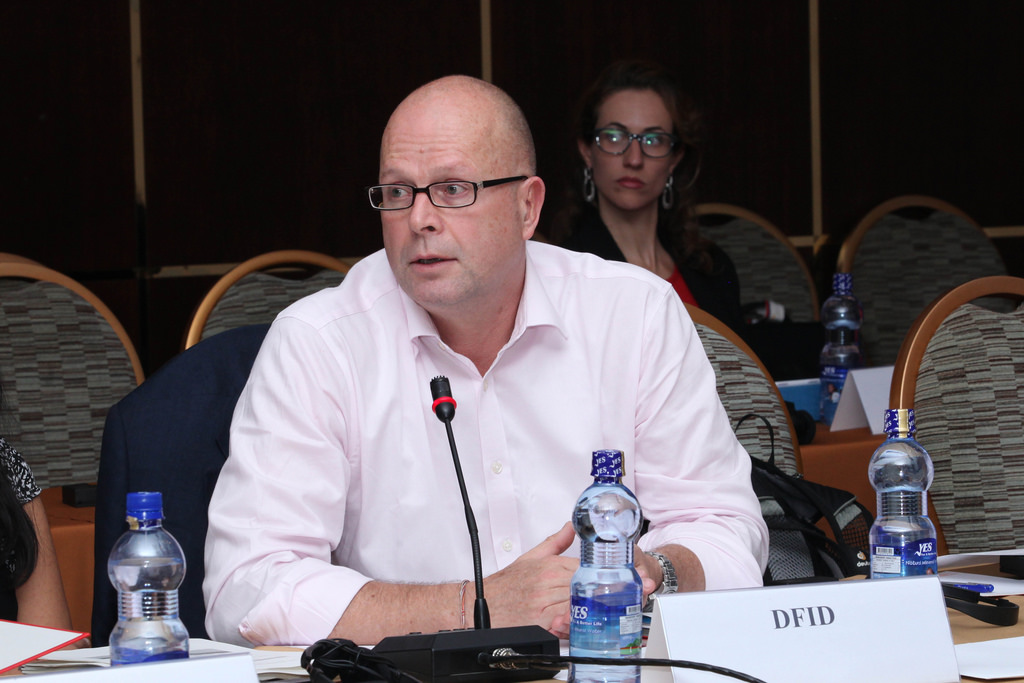ImpactAlpha’s What’s Next series, produced in partnership with the Global Impact Investing Network, provides a platform for practitioners and experts to reflect on the future of impact investing. The GIIN’s Amit Bouri kicked off the series with a call for the development of a trusted identity for impact investing. What’s next for impact investing? Send your responses to [email protected].
Meeting the Sustainable Development Goals by 2030 will require huge levels private and public investment.
Developing countries still face a gap of $2.5 trillion per year. A flourishing private sector is essential for creating the jobs and incomes, and the goods and services, poor people want and need. In Africa alone, 18 million new jobs are needed every year.
The Business & Sustainable Development Commission estimates that achieving the SDGs could open up $12 trillion of market opportunities in food and agriculture, cities, energy and materials, and health and well-being, creating as many as 380 million new jobs by 2030.
How do we get there? Impact investing offers us a powerful way to tackle this challenge. And a reason why it is a priority for the DFID, the U.K.’s Department for International Development.
Business and investors are seeing that higher environmental, social and governance (ESG) behaviour and standards lead to greater long-term return, from reducing climate change impacts, to respecting human rights in value chains. Morningstar’s Sustainability Index, for example, shows that companies that “treat their employees fairly are more likely to have consistent cash flow”.
Climate change is becoming a core business consideration, with Aviva CEO Mark Wilson describing this as the greatest collective risk. We’re seeing the private sector increasingly integrate elements of the SDGs into their business models, and an increased demand from the public that they do so. A win/win for development impact and for financial return.
This isn’t just DFID’s view – it’s the view accepted by the world’s biggest investors, including Larry Fink of Blackrock emphasising that businesses have a responsibility to deliver a positive contribution to society.
Shared identity
But this needs to be done right. The financial sector remains one of the least trusted industries, according to Edelman’s 2018 survey. If we rush into impact investing without getting the framework right, we risk undermining development impact and future investment. We need to avoid “impact washing” at all costs. So, getting the identity of impact investing right is a key first step.
We agree that a shared identity does not mean a single form of investment approach, asset class or business model. Achieving real and sustainable impact is complex and requires a range of capital and businesses along a spectrum of social and financial returns.
Shared identity does mean:
- A shared commitment to avoid harm, and achieve positive impact;
- Investors to measure and be accountable for impact;
- Joint efforts on systems to externally validate impact;
- Moving beyond one-off transactions, and developing long term structures that deliver on impact; and
- Investing in advisory services and professional education so that impact becomes part of how people do business and invest.
But this is only a start. Shouldn’t our overall goal be: All investment is impact investment?
Tony Burdon is the head of private sector department at the U.K.’s Department for International Development.











